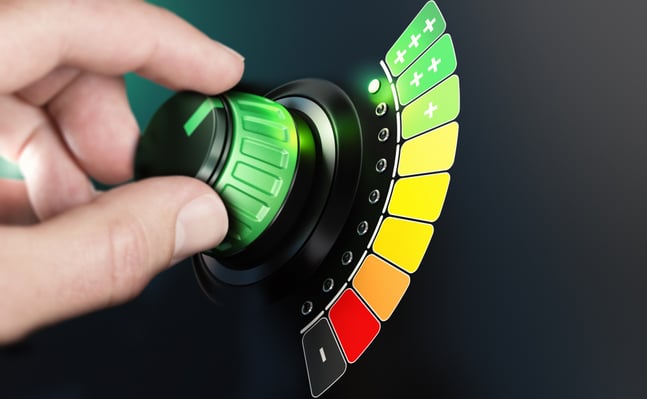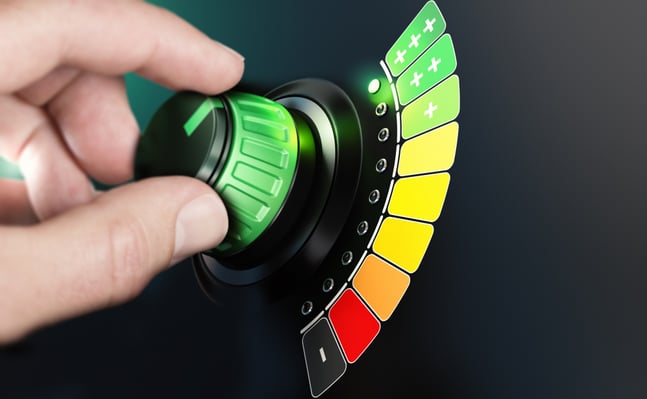A net-zero energy building (NZEB) is one that produces enough energy to offset its consumption. However, based on where energy is measured, the concept of NZEB can be understood in two ways. When energy consumption is measured on site, it only counts the building's direct consumption. On the other hand, the concept of energy source considers generation and delivery losses.
The kilowatt-hours of electricity and cubic feet of natural gas charged on utility bills reflect site usage only. Additional energy is consumed to provide these services to a building, and the following are some examples:
- Generation losses in power plants.
- Electrical grid transmission and distribution losses.
- Energy consumption of natural gas compressor stations.
- If the building has oil heating systems or a diesel generator, supplying these fuels also has an energy cost.
- Municipal water service depends on pumping stations.
When all these factors are considered, the use of a building's energy source is significantly greater than the use of the site. Therefore, an NZEB based on source energy is a more challenging design than an NZEB based on local energy.
Find the best energy efficiency measures for your next construction project.
Reducing energy consumption at the source
Energy efficiency measures reduce site and source consumption, and energy consultants recommend them as the first step toward an NZEB. On the other hand, local consumption does not change when a building generates its own energy. However, the source consumption is reduced because the energy must no longer be delivered to the building.
According to data collected by the ENERGY STAR program, one kWh of local consumption results in 2.80 kWh at the source, on average. When a building uses solar panels or wind turbines, each kWh produced on-site saves 1.80 kWh off-site. In other words, the building is reducing its energy footprint, even if monthly energy consumption remains the same.
Energy conservation is valuable even when a building gets 100% of its energy from clean sources. Wind turbines and solar panels produce no emissions while generating electricity, but their manufacturing and installation process has a significant environmental impact. Energy efficiency is beneficial for the environment even with clean energy sources, as the pressure to build new power plants is reduced.
Can net-zero energy buildings stay connected to the grid?

There is a common misconception that an NZEB cannot use the electrical grid and natural gas service. In fact, an NZEB can rely on public services as long as it produces enough energy to compensate. However, it should be noted that the generation target is higher for an NZEB based energy source.
- A building that uses 100,000 kWh per month only needs 100,000 kWh of generation to match local consumption.
- However, based on the energy source, it must produce 2.80 kWh for each kWh taken from the electricity grid.
- If this building uses only 75,000 kWh of its own generation and exports the rest, the surplus must be 70,000 kWh to equal the energy use at the source. This is the 25,000 kWh, 2.8 factor product provided by ENERGY STAR.
Note that energy storage systems can reduce consumption at the source. The building in the example above must export 70,000 kWh to match the source energy, but storing 25,000 kWh for on-site use is enough to achieve the same effect.
Conclusion
This is a simplified example based on electricity alone. In a real NZEB project, all energy inputs must be considered for the analysis. This includes natural gas, steam and any fuels used by the building's equipment.
In short, reducing 1 kWh of net consumption is more valuable than exporting 1 kWh to the electricity grid. Building owners can achieve a greater reduction in their energy footprint by focusing on measures that reduce consumption at the source.

